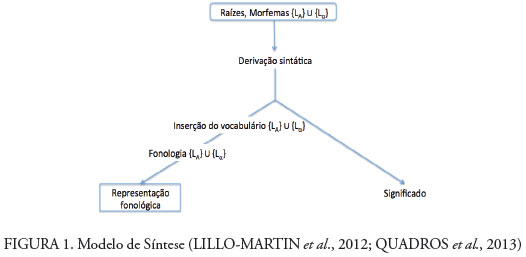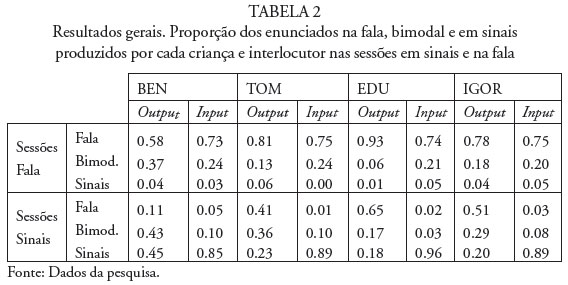Bilingual children develop sensitivity to the language choice of their interlocutors at an early age, reflected in differential proportions of the use of each language. Factors such as discourse context and relative language dominance in the community may also mediate the degree of language differentiation in preschool-age children. Bimodal bilingual children, those acquiring both a sign language and a spoken language, have an even more complex situation to negotiate. Besides the code-switching, the bimodal bilinguals engage in code-blending, a phenomenon with sociolinguistic uses that is analogous to code-switching, but without suppressing one of the languages. This study analyzes longitudinal spontaneous production data from four bimodal bilingual children (two Americans and two Brazilians). Our results show that even in the earliest observations, the children produced more signed utterances with their deaf interlocutors and more speech with their hearing interlocutors. All four children had used bimodal production in sign and speech sections, potentially because they find the suppression of the dominant language more difficult. The results reported here indicate that these preschool bimodal bilingual children are sensitive to the language status of their interlocutors, while showing a considerable influence from the dominant community language.
Bimodal bilingualism; bilingual development; language codeblending; language code-switching; interloctor sensitivity







